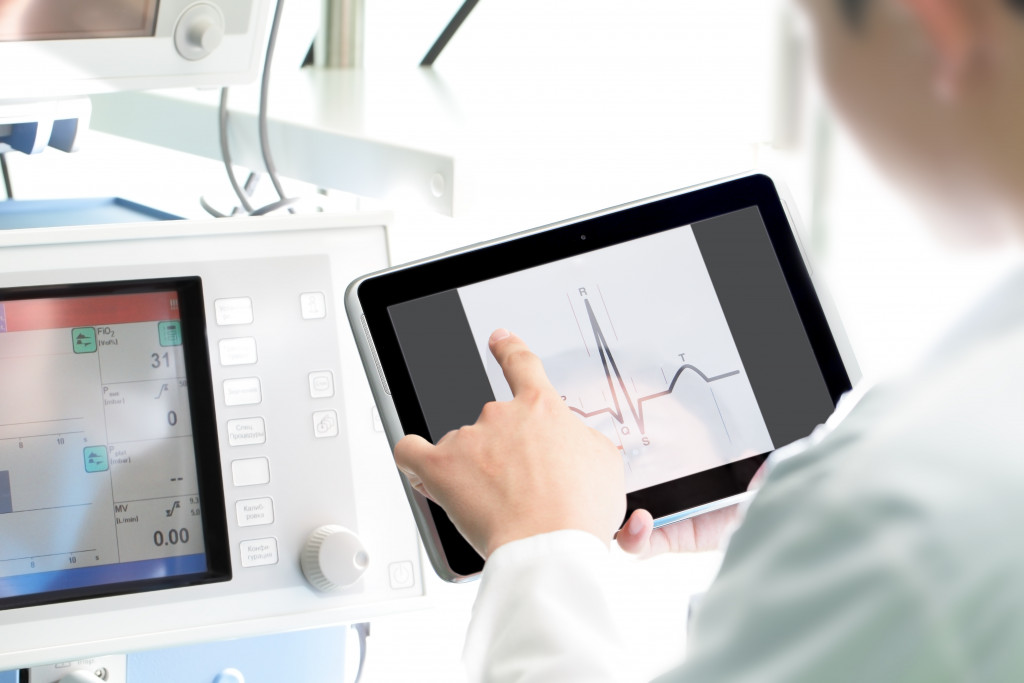There is no doubt that digital transformation is revolutionizing the entire healthcare industry, from improving patient care to streamlining administrative processes. One of the most exciting aspects of this transformation is the growing role of technology in empowering patients and caregivers.
The benefits of digital transformation are evident in every industry, and healthcare is no exception. The need for change is especially pressing in healthcare due to its unique challenges. For example, the U.S. spends more on healthcare than any other country, but our outcomes are not always better than those in other countries.
Digital transformation can help address these challenges by making the healthcare system more efficient and effective. Technologies such as cloud computing, big data analytics, and mobile devices can help to improve patient care while reducing costs.
For example, one study found that mobile health apps can improve patient outcomes and reduce costs. The study looked at three different apps that helped patients with hypertension, diabetes, and heart disease. The results showed that the apps improved patient care by allowing them to track their symptoms and medications, connect with healthcare providers, and make better choices about their health.
In another example, cloud computing can help healthcare providers to share data and collaborate more effectively. For example, the Mayo Clinic uses the cloud to share data with healthcare providers in other countries. This collaboration allows providers to develop new treatments and improve patient care.
Furthermore, dentistry has been one of the earliest adopters of digital technology within the medical field. Many dentists used computers to diagnose and treat patients before doctors began using them in the late 1990s.
Another reason for the early adoption of digital technology in dentistry is that dental offices are typically small businesses with limited resources. To compete with larger practices, dentists have been forced to adopt new technologies faster.
Digital trends in the healthcare industry
Mobile devices
Mobile devices are one of the essential tools for digital transformation in healthcare. They can help patients track their health data and connect with healthcare providers.
Cloud computing
Cloud computing is another critical technology for healthcare providers. It allows them to share data and collaborate more effectively.
Big data analytics

Healthcare providers are using big data analytics to make better decisions about patient care. Big data analytics can help healthcare providers to:
- Understand the health of their patients
- Track the spread of diseases
- Prevent and treat illnesses
- Develop new treatments
Big data analytics is also being used to improve the accuracy of diagnoses. For example, healthcare providers can use big data analytics to identify patterns in patient data that may indicate the presence of a disease.
Virtual reality
Virtual reality can train healthcare professionals and provide patients with immersive experiences.
Augmented reality
Augmented reality can also be used to provide patients with immersive experiences.
3D printing
Three-dimensional printing, also known as 3D printing, is the process of making a three-dimensional solid object using a digital model. 3D printing has been used in a variety of industries, including healthcare. In healthcare, 3D printing can create customized medical devices and organs.
One advantage of using 3D printing in healthcare is that it allows patients to receive customized treatment. For example, 3D printing can be used to create medical devices tailored to the individual patient’s anatomy.
Internet of Things
The Internet of Things can connect patients with healthcare providers and track their health data.
Machine learning
Machine learning can help healthcare providers to make better decisions about patient care.
Robotics
Robotics can assist healthcare providers with tasks such as surgery and rehabilitation. One of the areas where robotics has a particularly significant impact is surgery. Robotics can help surgeons to be more precise and efficient in their work. For example, the da Vinci Surgical System allows surgeons to operate with greater precision than they could with traditional surgical tools.
Genomics
Genomics can be used to diagnose and treat diseases. Genomics is the study of a person’s genes. It can be used to diagnose and treat diseases. Genomics has had a significant impact on patient care. For example, genomics has been used to develop new cancer treatments. In addition, it has been used to create personalized treatments for patients. This approach can improve patient outcomes by reducing the risk of adverse reactions.
Conclusion
Digital transformation is revolutionizing the healthcare industry. To keep up with the latest technology, many healthcare providers are adopting digital technologies such as mobile devices, cloud computing, big data analytics, virtual reality, augmented reality, 3D printing, and the Internet of Things. As technology advances, even more digital technologies will likely be adopted in the healthcare industry, resulting in even better patient care.


